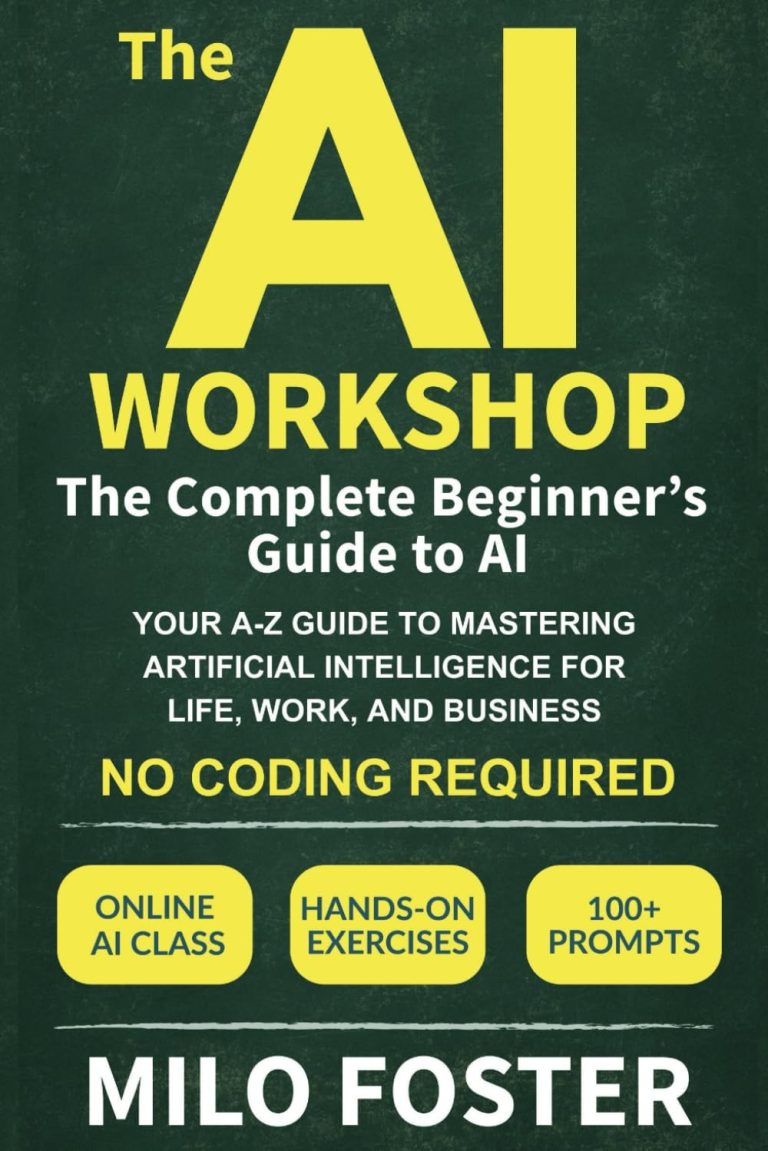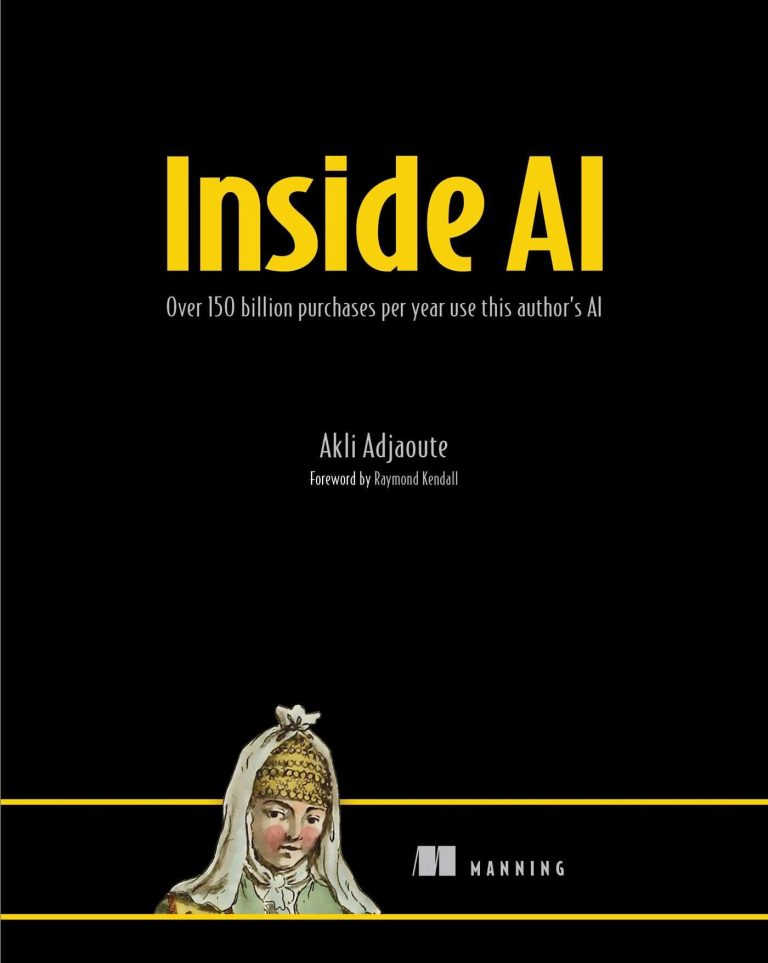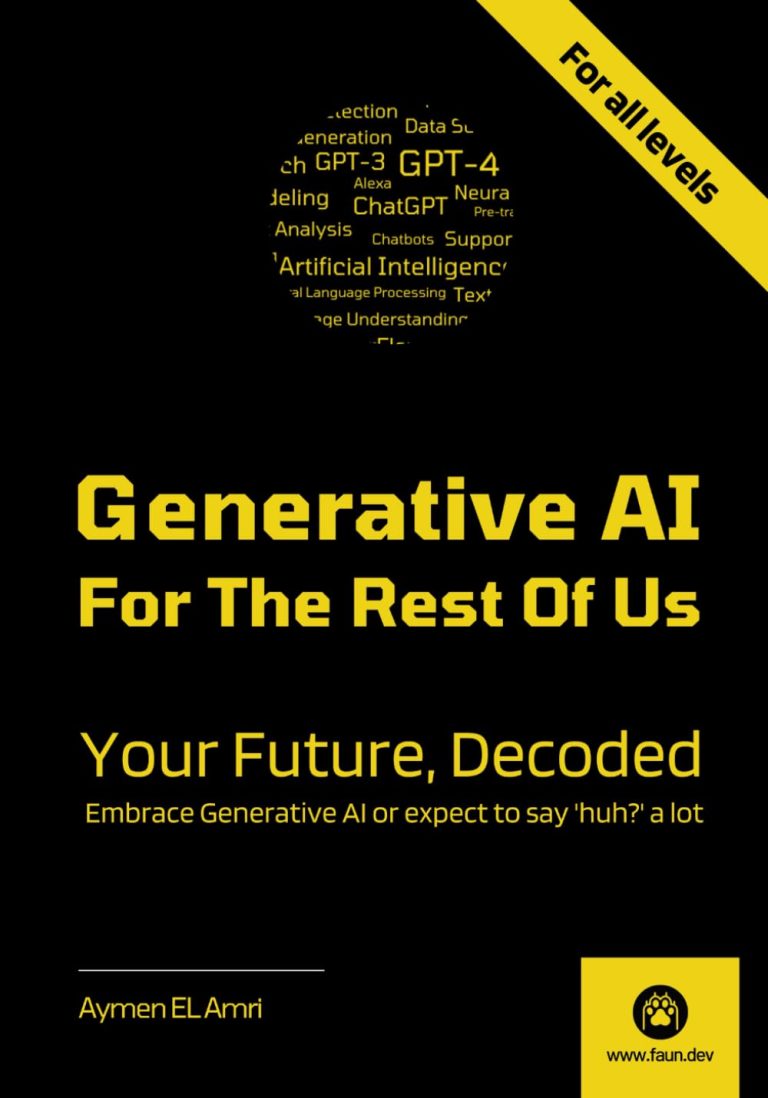This post is co-written with Sneha Godbole and Kate Riordan from Verisk.
Verisk (Nasdaq: VRSK) is a leading strategic data analytics and technology partner to the global insurance industry. It empowers its customers to strengthen operating efficiency, improve underwriting and claims outcomes, combat fraud, and make informed decisions about global risks, including climate change, extreme events, sustainability, and political issues. At the forefront of harnessing cutting-edge technologies in the insurance sector such as generative artificial intelligence (AI), Verisk is committed to enhancing its clients’ operational efficiencies, productivity, and profitability. Verisk’s generative AI-powered solutions and applications are developed with a steadfast commitment to ethical and responsible use of AI, incorporating privacy and security controls, human oversight, and transparent practices consistent with its ethical AI principles and governance practices.
Verisk’s Discovery Navigator product is a leading medical record review platform designed for property and casualty claims professionals, with applications to any industry that manages large volumes of medical records. It streamlines document review for anyone needing to identify medical information within records, including bodily injury claims adjusters and managers, nurse reviewers and physicians, administrative staff, and legal professionals. By replacing hours of manual review for a single claim, insurers can modernize the reviewer’s workflow, saving time and empowering better, faster decision-making, which is critical to improving outcomes.
With AI-powered analysis, the process of reviewing an average file of a few hundred pages is reduced to minutes with Discovery Navigator. By responsibly building proprietary AI models created with Verisk’s extensive clinical, claims, and data science expertise, complex and unstructured documents are automatically organized, reviewed, and summarized. It employs sophisticated AI to extract medical information from records, providing users with structured information that can be easily reviewed and uploaded into their claims management system. This allows reviewers to access necessary information in minutes, compared to the hours spent doing this manually.
Discovery Navigator recently released automated generative AI record summarization capabilities. It was built using Amazon Bedrock, a fully managed service from AWS that provides access to foundation models (FMs) from leading AI companies through an API to build and scale generative AI applications. This new functionality offers an immediate overview of the initial injury and current medical status, empowering record reviewers of all skill levels to quickly assess injury severity with the click of a button. By automating the extraction and organization of key treatment data and medical information into a concise summary, claims handlers can now identify important bodily injury claims data faster than before.
In this post, we describe the development of the automated summary feature in Discovery Navigator incorporating generative AI, the data, the architecture, and the evaluation of the pipeline.
Solution overview
Discovery Navigator is designed to retrieve medical information and generate summaries from medical records. These medical records are mostly unstructured documents, often containing multiple dates of service. Examples of the myriad of documents include provider notes, tables in different formats, body figures to describe the injury, medical charts, health forms, and handwritten notes. The medical record documents are scanned and typically available as a single file.
Following a virus scan, the most immediate step in Discovery Navigator’s AI pipeline is to convert the scanned image pages of medical records into searchable documents. For this optical character recognition (OCR) conversion process, Discovery Navigator uses Amazon Textract.
The following figure illustrates the architecture of the Discovery Navigator AI pipeline.

Now loading...
Discovery Navigator AI Pipeline
The OCR converted medical records are passed through various AI models that extract key medical data. The AI extracted medical information is used to add highlighting in the original medical record document and to generate an indexed report. The highlighted medical record document allows the user to focus on the provided results and target their review towards the pages with highlights, thereby saving time. The report gives a quick summary of the extracted medical information with page links to navigate through the document for review.
The following figure shows the Discovery Navigator generative AI auto-summary pipeline. The OCR converted medical record pages are processed through Verisk’s AI models and select pages are sent to Amazon Bedrock using AWS PrivateLink, for generating visit summaries. The user is given a summary report consisting of AI extracted medical information and generative AI summaries.

Discovery Navigator Inference Pipeline
Discovery Navigator results
Discovery Navigator produces results in two different ways: first, it provides an initial document containing an indexed report of identified medical data points and includes a highlighting feature within the original document to emphasize the results. Additionally, an optional automated high-level summary created through generative AI capabilities is provided.
Discovery Navigator offers multiple different medical models, for example, diagnosis codes. These codes are identified and highlighted in the document. In the sample in the following figure, additional intelligence is provided utilizing a note feature to equip the user with the clinical description directly on the page, avoiding time spent locating this information elsewhere. The Executive Summary report displays an overview of all the medical terms extracted from the medical record, and the Index Report provides page links for quick review.

Indexed reports of extracted medical information
Discovery Navigator’s new generative AI summary feature creates an in-depth summarization report, as shown in the following figure. This report includes a summary of the initial injury following the date of loss, a list of certain medical information extracted from the medical record, and a summary of the future treatment plan based on the most recent visit in the medical record.

Discovery Navigator Executive Summary
Performance
To assess the generative AI summary quality, Verisk designed human evaluation metrics with the help of in-house clinical expertise. Verisk conducted multiple rounds of human evaluation of the generated summaries with respect to the medical records. Feedback from each round of tests was incorporated in the following test.
Verisk’s evaluation involved three major parts:
- Prompt engineering – Prompt engineering is the process where you guide generative AI solutions to generate desired output. Verisk framed prompts using their in-house clinical experts’ knowledge on medical claims. With each round of testing, Verisk added instructions to the prompts to capture the pertinent medical information and to reduce possible hallucinations. The generative AI large language model (LLM) can be prompted with questions or asked to summarize a given text. Verisk decided to test three approaches: a question answer prompt, summarize prompt, and question answer prompt followed by summarize prompt.
- Splitting of document pages – The medical record generative AI summaries are created for each date of visit in the medical record. Verisk tested two strategies of splitting the pages by visit: split visit pages individually and send them to a text splitter to generate text chunks for generative AI summarization, or concatenate all visit pages and send them to a text splitter to generate text for generative AI summarization. Summaries generated from each strategy were used during evaluation of the generative AI summary.
- Quality of summary – For the generative AI summary, Verisk wanted to capture information regarding the reason for visit, assessment, and future treatment plan. For evaluation of summary quality, Verisk created a template of questions for the clinical expert, which allowed them to assess the best performing prompt in terms of inclusion of required medical information and the best document splitting strategy. The evaluation questions also collected feedback on the number of hallucinations and inaccurate or not helpful information. For each summary presented to the clinical expert, they were asked to categorize it as either good, acceptable, or bad.
Based on Verisk’s evaluation template questions and rounds of testing, they concluded that the question answer prompt with concatenated pages generated over 90% good or acceptable summaries with low hallucinations and inaccurate or unnecessary information.
Business impact
By quickly and accurately summarizing key medical data from bodily injury claims, Verisk’s Discovery Navigator, with its new generative AI auto-summary feature powered by Amazon Bedrock, has immense potential to drive operational efficiencies and boost profitability for insurers. The automated extraction and summarization of critical treatment information allows claims handlers to expedite the review process, thereby reducing settlement times. This accelerated claim resolution can help minimize claims leakage and optimize resource allocation, enabling insurers to focus efforts on more complex cases. The Discovery Navigator platform has a proven to be up to 90% faster than manual record review, allowing claims handlers to compile record summaries in a fraction of the time.
Conclusion
The incorporation of generative AI into Discovery Navigator underscores Verisk’s commitment to using cutting-edge technologies to drive operational efficiencies and enhance outcomes for its clients in the insurance industry. By automating the extraction and summarization of key medical data, Discovery Navigator empowers claims professionals to expedite the review process, facilitate quicker settlements, and ultimately provide a superior experience for customers. The collaboration with AWS and the successful integration of FMs from Amazon Bedrock have been pivotal in delivering this functionality. The rigorous evaluation process, guided by Verisk’s clinical expertise, makes sure that the generated summaries meet the highest standards of accuracy, relevance, and reliability.
As Verisk continues to explore the vast potential of generative AI, the Discovery Navigator auto-summary feature serves as a testament to the company’s dedication to responsible and ethical AI adoption. By prioritizing transparency, security, and human oversight, Verisk aims to build trust and drive innovation while upholding its core values. Looking ahead, Verisk remains steadfast in its pursuit of harnessing advanced technologies to unlock new levels of efficiency, insight, and value for its global customer base. With a focus on continuous improvement and a deep understanding of industry needs, Verisk is poised to shape the future of insurance analytics and drive resilience across communities and businesses worldwide.
Resources
- Explore generative AI on AWS
- Learn about unlocking the business value of generative AI
- Learn more about Anthropic Claude 3 on Amazon Bedrock
- Learn about Amazon Bedrock and how to build and scale generative AI applications with FMs
- Generative AI Quickstart POCs
About the Authors
 Sneha Godbole is a AVP of Analytics at Verisk. She has partnered with Verisk leaders on creating Discovery Navigator, an AI powered tool that automatically enables identification and retrieval of key data points within large unstructured documents. Sneha holds two Master of Science degrees (from University of Utah and SUNY Buffalo) and a Data Science Specialization certificate from Johns Hopkins University. Prior to joining Verisk, Sneha has worked as a software developer in France to build android solutions and collaborated on a paper publication with Brigham Young University, Utah.
Sneha Godbole is a AVP of Analytics at Verisk. She has partnered with Verisk leaders on creating Discovery Navigator, an AI powered tool that automatically enables identification and retrieval of key data points within large unstructured documents. Sneha holds two Master of Science degrees (from University of Utah and SUNY Buffalo) and a Data Science Specialization certificate from Johns Hopkins University. Prior to joining Verisk, Sneha has worked as a software developer in France to build android solutions and collaborated on a paper publication with Brigham Young University, Utah.
 Kate Riordan is the Director of Automation Initiatives at Verisk. She currently is the product owner for Discovery Navigator, an AI powered tool that automatically enables identification and retrieval of key data points within large unstructured documents and oversees automation and efficiency projects. Kate began her career at Verisk as a Medicare Set Aside compliance attorney. In that role, she completed and obtained CMS approval of hundreds of Medicare Set Asides. She is fluent in Section 111 reporting requirements, the conditional payment recovery process, Medicare Advantage, Part D and Medicaid recovery. Kate is a member of the Massachusetts bar.
Kate Riordan is the Director of Automation Initiatives at Verisk. She currently is the product owner for Discovery Navigator, an AI powered tool that automatically enables identification and retrieval of key data points within large unstructured documents and oversees automation and efficiency projects. Kate began her career at Verisk as a Medicare Set Aside compliance attorney. In that role, she completed and obtained CMS approval of hundreds of Medicare Set Asides. She is fluent in Section 111 reporting requirements, the conditional payment recovery process, Medicare Advantage, Part D and Medicaid recovery. Kate is a member of the Massachusetts bar.
 Ryan Doty is a Sr. Solutions Architect at AWS, based out of New York. He helps enterprise customers in the Northeast U.S. accelerate their adoption of the AWS Cloud by providing architectural guidelines to design innovative and scalable solutions. Coming from a software development and sales engineering background, the possibilities that the cloud can bring to the world excite him.
Ryan Doty is a Sr. Solutions Architect at AWS, based out of New York. He helps enterprise customers in the Northeast U.S. accelerate their adoption of the AWS Cloud by providing architectural guidelines to design innovative and scalable solutions. Coming from a software development and sales engineering background, the possibilities that the cloud can bring to the world excite him.
 Tarik Makota is a Principal Solutions Architect with Amazon Web Services. He provides technical guidance, design advice, and thought leadership to AWS’ customers across the US Northeast. He holds an M.S. in Software Development and Management from Rochester Institute of Technology.
Tarik Makota is a Principal Solutions Architect with Amazon Web Services. He provides technical guidance, design advice, and thought leadership to AWS’ customers across the US Northeast. He holds an M.S. in Software Development and Management from Rochester Institute of Technology.
 Dom Bavaro is a Senior Solutions Architect for Financial Services. While providing technical guidance to customers across many use cases, He is focused on helping customer build and productionize Generative AI solutions and workflows.
Dom Bavaro is a Senior Solutions Architect for Financial Services. While providing technical guidance to customers across many use cases, He is focused on helping customer build and productionize Generative AI solutions and workflows.


